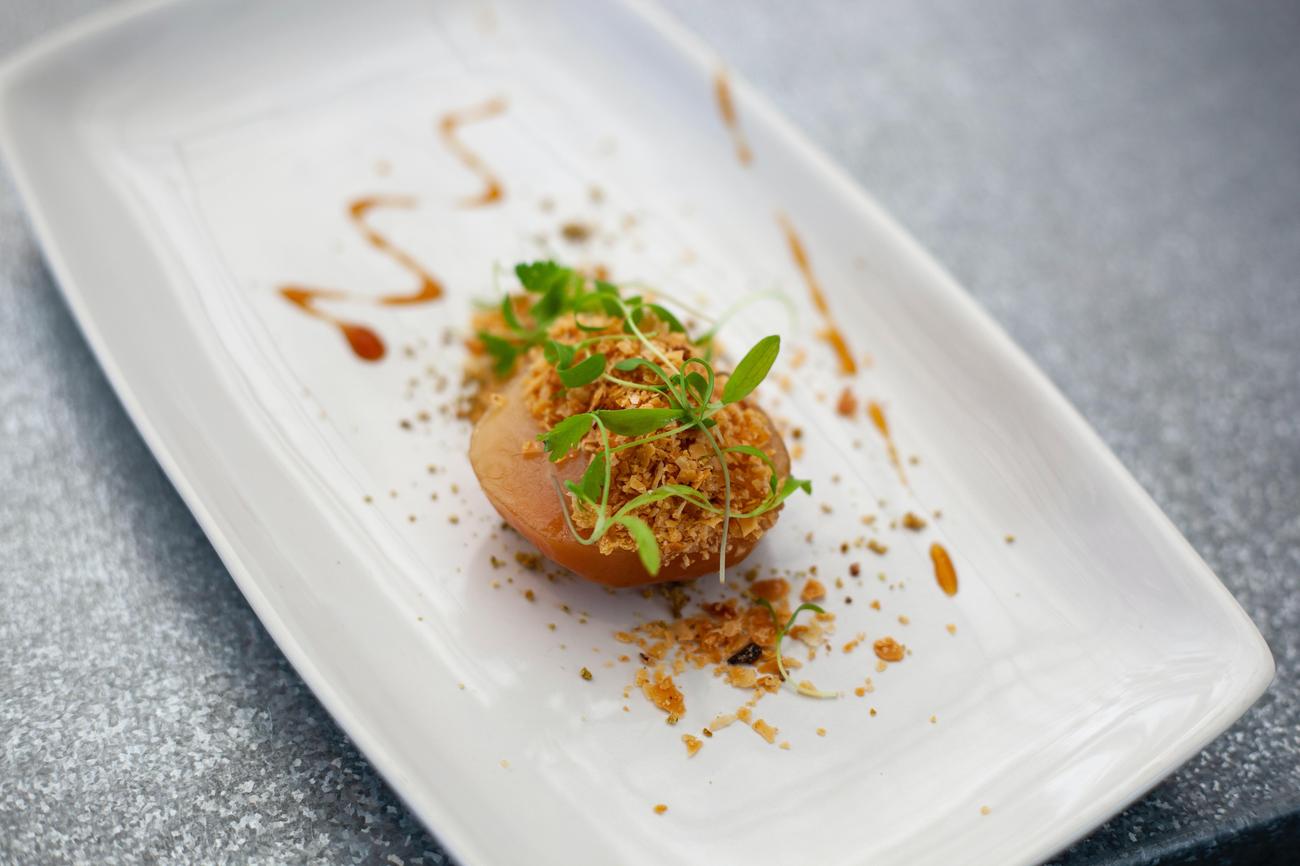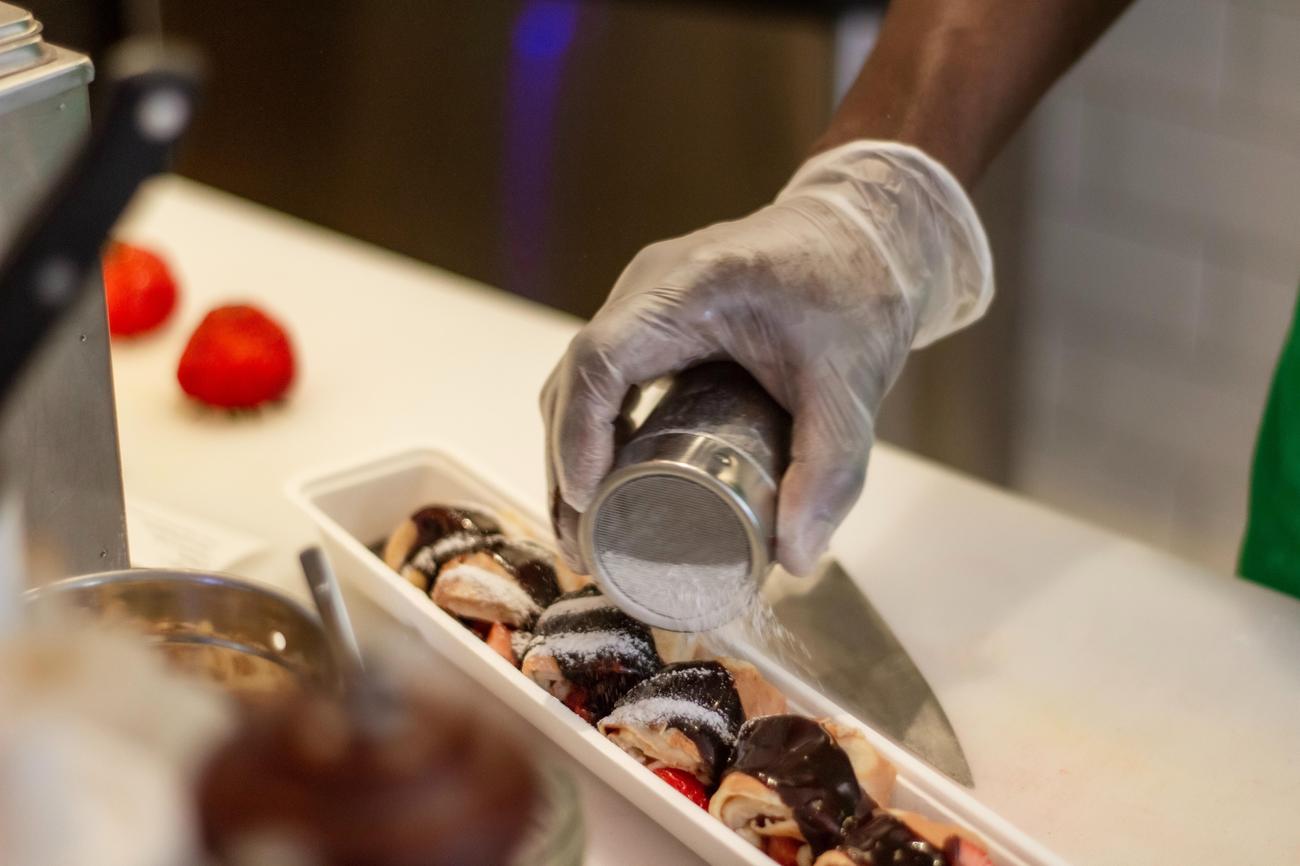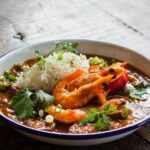Embark on a tantalizing journey through the flavors and aromas that have woven together the culinary tapestry of Malta. In this captivating article, we will unravel the intricate threads of cultural influences that have shaped the island’s gastronomy. Brace yourself for a mouthwatering exploration of Malta’s rich history, as we unveil the diverse culinary palette that reflects its Mediterranean charm and resonates with echoes from its colonial past. Delve into a world where recipes tell stories, and each dish is a celebration of the vibrant fusion that makes Malta’s cuisine truly unique.

Culinary Influences in Malta
Malta, a picturesque island nestled in the Mediterranean, boasts a rich culinary heritage that reflects its historic and cultural background. Influenced by its position and history, Maltese cuisine is a tapestry of flavors and traditions from various regions. From Italian and French to British and Arabic culinary influences, the food in Malta offers a unique blend that has captivated the taste buds of locals and visitors alike.
The village of Kirkop, with its archaeological remains dating back to prehistoric times, provides a glimpse into Malta’s ancient culinary roots. Over the centuries, food has played a significant role in shaping the identity of the Maltese people, connecting them to their past and preserving their cultural heritage.
Despite a temporary suspension of my culinary career due to health issues, my passion for exploring the culinary world remains unabated. As an experienced food writer and a trained chef myself, I have traveled extensively to uncover the hidden gems of gastronomy. In my journey, I have discovered that Malta’s cuisine is a true reflection of its history, geography, and cultural exchanges.
When it comes to Maltese food, it’s hard to resist indulging in the local street food scene. Imagine savoring unique flavors in every bite—whether it’s crispy pastizzi, a savory pastry filled with ricotta or mushy peas, or a warm ftira, a traditional Maltese bread topped with fresh tomatoes, olives, capers, and tuna. The streets of Malta offer a vibrant and mouthwatering experience that truly showcases the diverse culinary influences that have shaped the island’s cuisine.
Venturing beyond street food, you’ll discover a plethora of traditional Maltese dishes that are a must-try for any visitor. Aljotta, a delicious fish soup made with garlic, tomatoes, and local fish, will transport you to the shores of the Mediterranean. Bigilla, a rich and creamy dip made from mashed broad beans, garlic, and spices, is a perfect accompaniment for crusty bread. And let’s not forget about imqarrun il-forn, a baked pasta dish layered with cheese, minced beef, and a hearty tomato sauce. Each dish tells a story, representing the blend of influences from nearby regions like Sicily and North Africa.
At the heart of Maltese cuisine is the timpana—a heavenly dish that combines Italian and Arabic influences. Picture a golden-brown pastry shell filled with macaroni, minced meat, and a rich tomato sauce. It’s a symphony of flavors that pays homage to Malta’s colonial past and the myriad of culinary traditions it has adopted throughout history.
But what makes Maltese cuisine truly remarkable is its reliance on fresh and locally sourced ingredients. Thanks to Malta’s geography and its need to import most foodstuffs, the island has developed a culinary style that celebrates the simplicity and authenticity of its ingredients. From salty-fresh seafood to ripe and juicy fruits, every bite is a celebration of the island’s natural abundance.
As you embark on a culinary journey through Malta, you’ll find that its restaurants not only serve delicious dishes but also tell a story. The menus reflect the island’s history and the influences of various occupiers that have left their mark on its cuisine. Whether you’re savoring a plate of torta tal-lampuki, a savory pie filled with lampuki fish, or indulging in a Christmas log, a sweet dessert made with almonds and chocolate, each bite is a testament to the cultural tapestry that defines Malta’s culinary landscape.
In conclusion, Malta’s culinary influences are as diverse and vibrant as the island itself. Through a fusion of Mediterranean flavors and an embrace of its colonial past, Maltese cuisine has become a hidden gem in Europe’s culinary scene. So, the next time you find yourself in Malta, don’t miss the opportunity to unravel the layers of its culinary tapestry and experience the unique blend of culinary influences that have shaped the islands’ gastronomic identity.
“Explore the flavors and traditions of Malta, where culinary influences from around the Mediterranean converge to create a tantalizing tapestry of tastes.”
Malta, a vibrant Mediterranean paradise, is known for its stunning landscapes, rich history, and of course, its delectable cuisine. For those seeking a culinary adventure, exploring the fascinating facts about Malta food is an absolute must. The unique blend of Mediterranean, North African, and Sicilian influences creates a flavor profile that is truly one-of-a-kind.
From traditional dishes like Rabbit Stew (Fenkata) and Pastizzi to the mouthwatering seafood specialties found in Marsaxlokk, the Maltese cuisine is a delightful fusion of flavors and textures. Whether you’re a seafood lover, a meat enthusiast, or a vegetarian, Malta’s food scene has something to satisfy every palate.
If you’re a food lover looking to indulge in a world of tantalizing flavors and discover the hidden gems of Maltese cuisine, we invite you to explore our comprehensive guide on facts about Malta food. Click here to immerse yourself in the culinary wonders that await you: Facts About Malta Food.
Our guide will take you on a virtual journey through the vibrant markets, historical sites, and welcoming restaurants that make Malta a true food lover’s paradise. Get ready to tantalize your taste buds and unlock a whole new world of culinary delights.
So why wait? Embark on a culinary adventure unlike any other and start unraveling the secrets of Malta’s exquisite cuisine. Click here to begin your gastronomic exploration of Malta’s culinary treasures. Come, let the flavors of Malta transport you to a world of delicious discoveries.

FAQ
Q: What are the culinary influences in Malta?
A: Maltese cuisine combines influences from Italian, French, British, and Arabic culinary traditions. The rich Mediterranean influences and traces left by Malta’s colonial past contribute to the diverse culinary tapestry of the island.
Q: How does Malta’s historic and cultural background shape its food?
A: Malta’s history and geography have had a significant impact on its cuisine. The island’s position in the Mediterranean and its need to import most of its foodstuffs, along with its location along important trade routes, have influenced the flavors and ingredients used in Maltese dishes.
Q: What are some traditional Maltese dishes visitors must try?
A: Visitors to Malta should indulge in traditional dishes such as pastizz (flaky pastry filled with various fillings), ftira (Maltese bread topped with various ingredients), aljotta (fish soup), bigilla (broad bean dip), and imqarrun il-forn (baked macaroni with a flavorful sauce).
Q: What are some popular Maltese street foods?
A: Maltese street food offers unique and delicious flavors. Some popular street foods in Malta include pastizzi (flaky pastries filled with ricotta cheese or mushy peas), timpana (baked pasta dish with a pastry crust), soppa tal-armla (vegetable soup), torta tal-lampuki (lampuka fish pie), and Christmas log (yule log cake).
Q: What are the highlights of Maltese food?
A: Maltese food is a hidden culinary gem in Europe. It features flavors influenced by Mediterranean cuisines, with highlights including salty-fresh seafood and ripe and juicy fruits. Additionally, fenkata, a rabbit dish prepared in various ways, is considered Malta’s national dish.
- Unlock Your Potential: Words With Inspiration for Lasting Success - April 28, 2025
- Jesus Bible: Discover Jesus’s Story Throughout Scripture - April 27, 2025
- Don Luis: Unraveling the 16th-Century Virginia Mystery - April 27, 2025
















